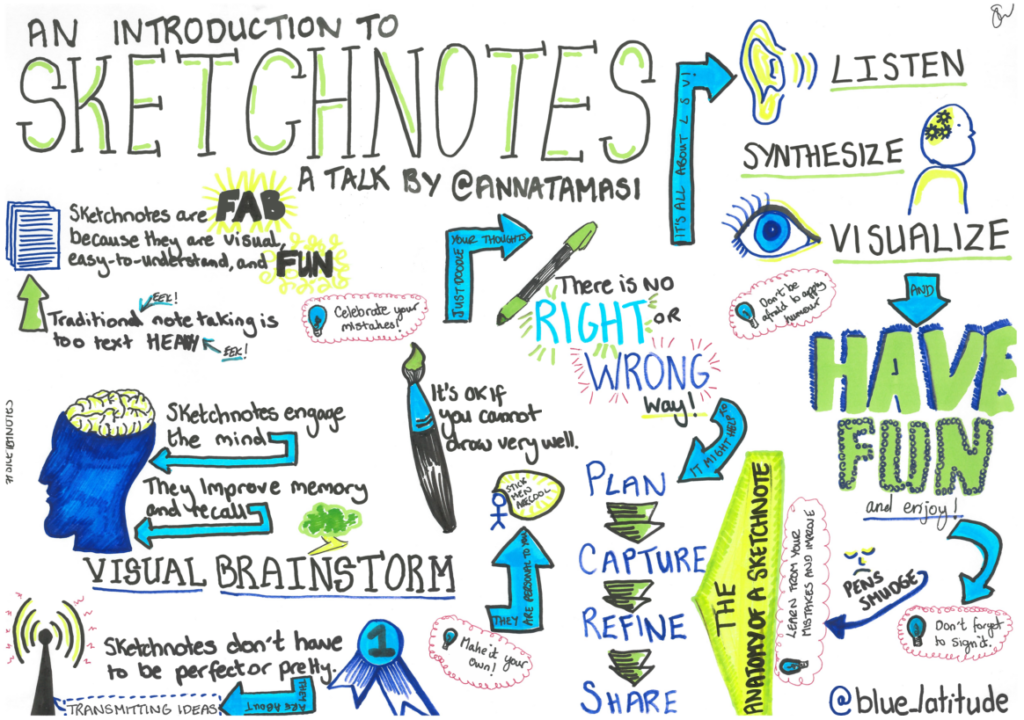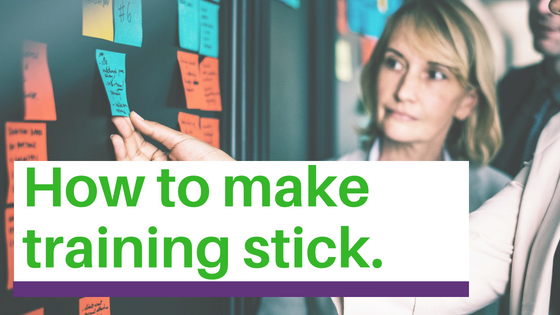Think about all the time you spend training new employees in the skills they’ll need to their best work. It seems endless at times, doesn’t it? One training session ends, and in no time, another begins.
Why is training longevity important?
You are not alone if you are one of those who thinks that training never ends. Training is big business, and it is a huge part of the cost of doing business.
According to the Australian Bureau of Statistics, to the end of year June 2002, 81% of all Australian employers provided some training for their employees. The net expenditure that year was $3,652.8 million Australian dollars.
And in the US, total expenditures related to training in the US in 2017 rose 32.5 per cent, according to Training Magazine’s annual Training Industry Report, to a sum of $90.6 billion. The average number of hours spent training employees rose significantly as well last year—jumping up four hours to a total of 47.6 hours per employee.
So if training needs—and expenses—are going up, making your training stick is a key way to protect your bottom line.
How we receive and retain information is changing
You’re probably wondering why the amount of time spent in training keeps going up. Well, for starters, don’t put too much stock in those alarmist headlines, telling us that the average attention span in human beings is rapidly shrinking in the age of digital consumption, some saying we’re now worse than goldfish in that regard.
Though that particular piece of widely circulated info-tainment has new been debunked, we can’t discount the fact that our preferences for how we take in information are evolving. How we receive and retain information is changing.
If you don’t believe it, use this article and yourself as a litmus test. When you clicked on this piece, what did you do first? Did you perhaps skim a little, maybe have a look at the subheadings, just going for the gist of it? For most of us these days, especially those who grew up with the Internet, the latter is often true.
Inside this behaviour is one of the secrets to creating training programs that stick.
First, change your mode of delivery
If you’ve ever taken any training with us, you know that we have a special ability to keep people engaged all day. Great learning design is part of what enables long-term retention.
Breaking it all up is a good first step.
Rather than doing all training – including refresher training –for hours and days on end, we should be breaking it up into more manageable morsels.
As reported by Fast Company, a study conducted by Louisiana University’s Center for Academic Success indicates that people learn best when they dedicate short 30 to 50 minute bursts to studying new material.
Within that 20-minute window between the low and high end lies the brain’s happy place for information retention, said the publishers of the study. Less than half an hour is too short to keep the information locked in. Longer than 50 minutes is too long to maintain proper focus.
So, have your employee training sessions top out at a lean, mean 50 minutes. Give them a ten-minute break when the time is up to regroup and refresh their minds.
Then, start the next session with a group still eager to learn, and with the right mindset to make sure those things they do learn will stay with them.
Second, teach your employees to stay focused
We’ve all been there, left to our own devices. Some new procedures to train in, or software that we’re told to read up on and familiarise ourselves with. A few lines in, and you’re checking messages on Twitter, maybe taking a peek at Facebook, or scrolling through your full inbox.
If your employees must train independently, make sure they know the dangers of distraction. A few years ago, the New York Times reported the findings of a study conducted by Gloria Mark at the University of California. Mark found that when a worker is interrupted in the midst of a task, it takes an average of 25 minutes for them to return to what they were doing.
Now imagine this in the context of training. If you were to read a vital piece of information now, then check your email, browse through some WhatsApp messages, and so on for the next 25 minutes, would you remember that piece of information when you finally got back to what you were doing in the first place? Chances are, you would have to reread it, perhaps even multiple times.
So, when employees are training, make sure they are solely focused on the task at hand. Get them to close all other windows on their computer, mute and put away their phones, and keep other potential distractions out of arm’s (or mind’s) reach.
Third, teach your employees how to take visual notes
Humans primarily learn by what we take in through our eyes. And yet, what do we usually do in training sessions? Take notes.
Writing things down, and rewriting them, does help in terms of retention, of course. But there is a better way.
That better way is a practice known as ‘sketch-noting’.

From ‘An Introduction to Sketchnoting’. (Source.)
Sketch-noting is making a series of memorable doodles that represent information. Though on the surface it might look like a daydreaming student sketching away in his notebook, making visual representations of information we take in creates strong mental associations.
For the drawings to remain useful learning tools, they must be combined with words. As noted in his useful sketchnoting guide, Matthew Magain says that employees using this learning technique should latch onto quotes from the material presented. Perhaps draw them out as thought bubbles, so that you will remember what you have been taught.
As an added bonus, sketch-noting promotes creativity. It fosters deeper connections in your mind – and in parts of your brain – that aren’t active when you just take notes.
Fourth, remind employees what’s in it for them
For changes to truly take hold, employees need to be personally invested in them. This piece in Strategy + Business argues that this how change truly takes hold.
Sooner or later, everyone asks that age-old question, “What’s it it for me?”.
Help your employees to understand that their training doesn’t just benefit them right now, or even ‘right here’. Enabling them to be active learners equips them with the tools they can use wherever they might go.
In conclusion
Creating the ability to maintain focus for concentrated and effective bursts of time, eliminating multitasking, creating new methods of visual note taking—these are all things employees will be able to use throughout their careers. By empowering your employees to own their change, and to understand the benefits they receive personally as a result, their learning – and the change! – will accelerate.
Training x Design can help you create and maintain training that sticks.
Talk to our experts today about how you can maximise your training ROI by improving training retention. Give us a call today on 1300 662 907.




Leave A Comment